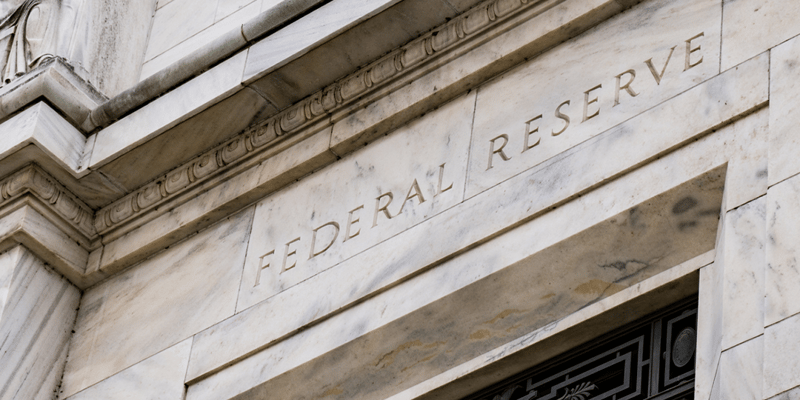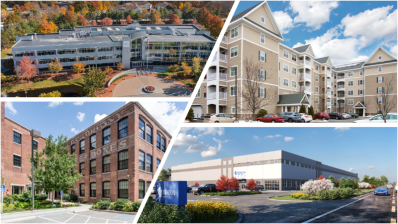On March 16th, the Fed raised its short-term interest rate by a quarter-percentage point for the first time in more than three years and forecasted six more hikes this year. Officials also forecasted another four hikes in 2023. The Fed now expects its benchmark rate to rise to 1.9% by year-end and 2.8% by the end of 2023.
Generally speaking, we believe a moderately rising interest rate environment can be good for the CRE industry.
Looking for a market cool-down
The current market dynamics of near-zero interest rates, combined with the amount of liquidity injected into the economy, drove major price appreciation in 2021–average appreciation across all asset classes was 24% according to GreenStreet Advisors’ Commercial Property Price Index (CPPI), with self-storage up 66%*, industrial up 41%*, and apartments up 29%*. Assuming a 2:1 debt to equity ratio, which is roughly in line with our Marketplace, that would equate to 87% to over 200% levered gross returns on CRE equity in 2021. That is a fantastic performance for investors, but from our vantage point, if that were to continue unabated for another two years, we would be worried about a potential market crash in 2024.
In our opinion, the CRE market is better served over the next few years if it cools down a bit, ultimately ending with high single-digit levels of appreciation at the asset level, and potentially 20-30% levered annual gross equity returns.
All forward-looking market indicators suggest such a scenario is plausible for the industry. According to Costar**, rent growth across industrial and multifamily is forecasted to come off its double-digit levels from 2021 into the mid-to-high single-digit range in 2022, and then taper down to 2.5% or so over the next four years. At the same time, the outlook for office begins to brighten as we reach 2024. Hospitality is already bouncing back strong and we see continued momentum for its recovery over the next two years. We fully expect 2024 to be a record year for the hospitality sector.
What about cap rates?
We, along with many other groups, have been pricing in the assumption of a ~roughly 2.5% 10-year Treasury a year from now. Our base case also assumes roughly some additional, albeit modest, expansion in 2023. This means we are pricing in both moderate interest rate growth and some cap rate expansion over the next three to five years.
As you might expect, moderate upwards movement in interest rates can lead to modest expansion in cap rates, most likely leading to a "reversion to normal" market environment. This does assume, however, that supply chain issues abate by 2024. Should there continue to be limited availability of construction materials, new supply may remain muted for long enough that it will continue to drive outsized rent growth in some asset classes and/or the hottest markets.
It's worth noting that, ultimately, cap rates are driven more by supply and demand than by interest rates alone. For example, from 2016 to 2019, the 10-year treasury yield increased from roughly 1.5% to over 3.0%, yet cap rates compressed over that same period. While cap rates are certainly sensitive to interest rates, capital inflows have proven capable of serving as the greater driver.
It’s reasonable to assume that the effects from the liquidity injected into the economy from the Fed over the last two years will be felt for years to come. While we are underwriting cap rate expansion, our expectation for 2025 is a market where cap rates are not markedly higher than where they stand today.
What does this mean for investors?
When short-term interest rates increase, U.S. banks tend to raise their benchmark rates for a wide range of consumer and commercial loans. However, commercial lending rates don’t move in lockstep with the Fed benchmark—they instead tend to track the yield on a 10-year Treasury bond. For now, investors may feel the impact of higher prices on consumer goods more than the impact of the quarter-point bump, but the effects of the Fed’s moves will likely be more visible the further the central bank goes
We have been working to mitigate the potential impact of rising interest rates to projected returns for deals on our Marketplace by pricing them in as best as we can.
*GreenStreet, Commercial Property Price Index, February 4, 2022
**CoStar data tab


